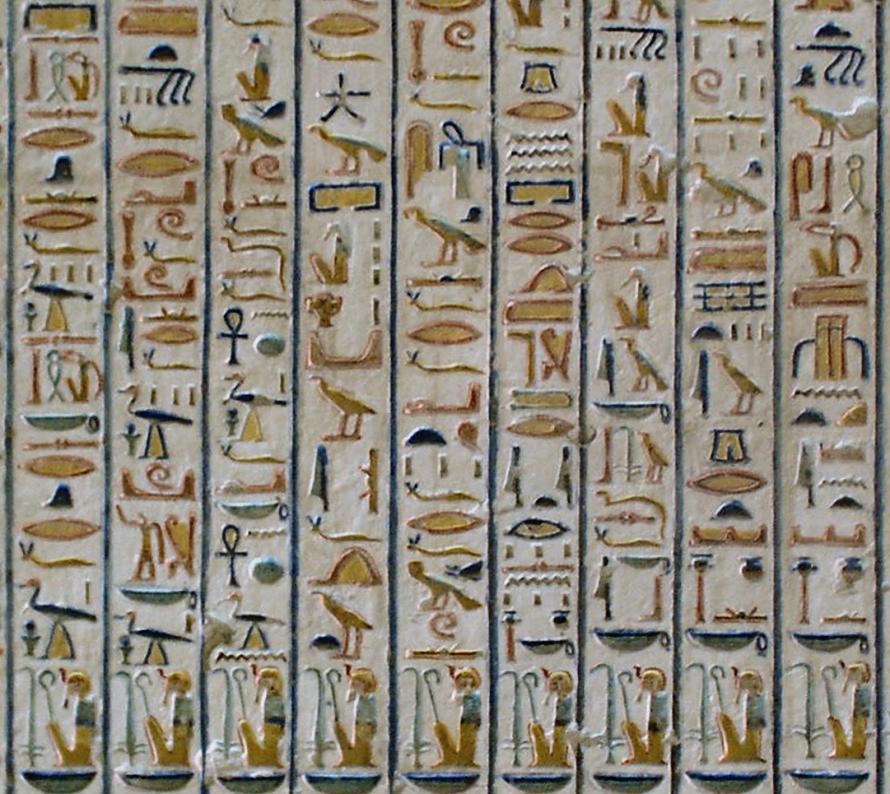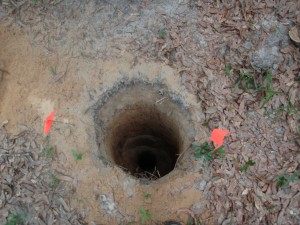Egyptology is not quit archaeology. It focuses on one culture and their history, culture, language and customs. It however does use many aspects of archaeology, such as scientific excavations and analysis of their culture. Yet it does not do so to improve the future.
In popular culture as well as opinion mummies are a large part of Egyptology and many people have had strange fascinations with them now and through out history. In the 19th century European aristocrats would purchase mummies, unwrap, and observe them for their own entertainment. Hundreds of mummies were destroyed during this time. Egyptology focuses on every aspect of the Egyptian culture such as their language and how it was used. This helps them to be able to read the sarcophagus and make a connection to whom the person was and who mthey were related to. For archaeology this doesn’t matter at all. Who cares who this mummies father was or who his grandfather was? Archaeology’s main focus is to gather information that can help our future. Before these mummies were bought and sold to uppity Englishmen so that they could destroy history, many mummies were even lost by people who believed they had some sort of supernatural healing powers, which just throws any thoughts of real academic and information gathering archaeology out of the window. They would grind them into powders for color as well as pharmaceutical use. The furry friends of mummies were also used during this time when mummified cats were processed into fertilizer and used in England.

Hieroglyphs cover sarcophagi in order to describe the preserved person within, as well as lead them into the after life.
Though there are lots of movies and myths and fascination with mummies we can actually learn valuable information about cultures through their mummification processes. We can see how cultures valued their dead and what they thought of after life and other spiritual beliefs they held. We can see differences between different social classes and the differences in how their dead were buried. We can also learn about the physiology of people from the time and place of these mummies as they can be very well preserved.

This is an example of an egyptian sarcophagus showing hieroglyphs as well as a depiction of the persons face.
So basically mummies are very cool and when used in the proper way can be very useful for archaeology and not just Egyptology, especially since many cultures throughout history mummified their dead in order to grant them a successful beginning into the after life.
http://playingintheworldgame.files.wordpress.com/2013/08/hieroglyphs01.jpg
http://www.globalegyptianmuseum.org/images/glos/sarcophagus,%20coffin.jpg
http://www.si.edu/Encyclopedia_SI/nmnh/mummies.htm


